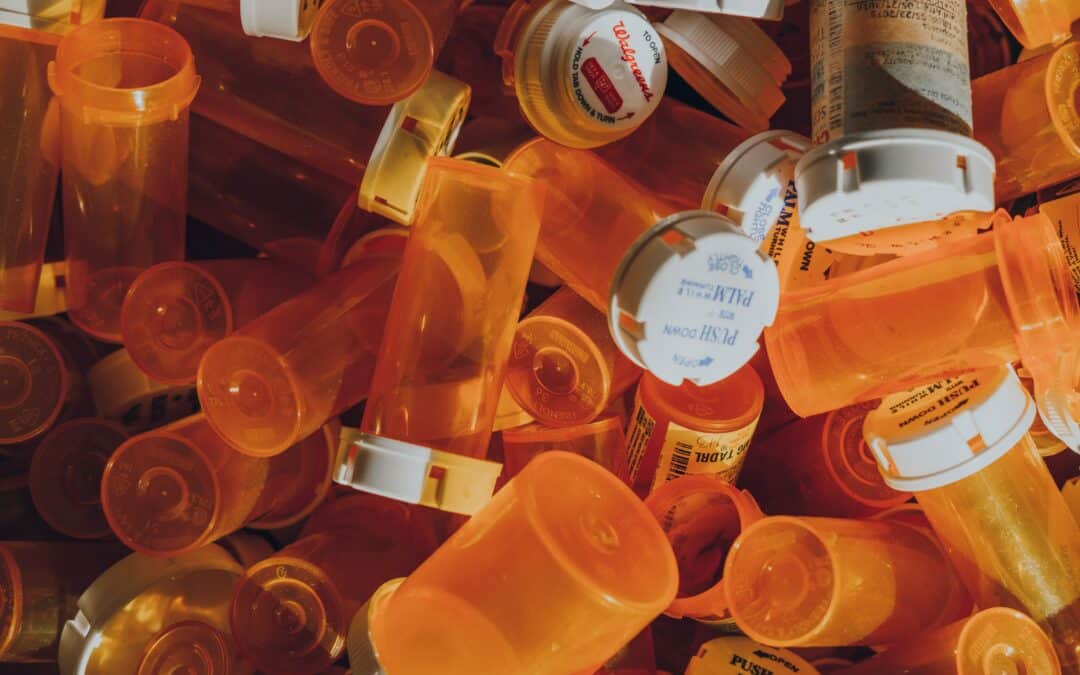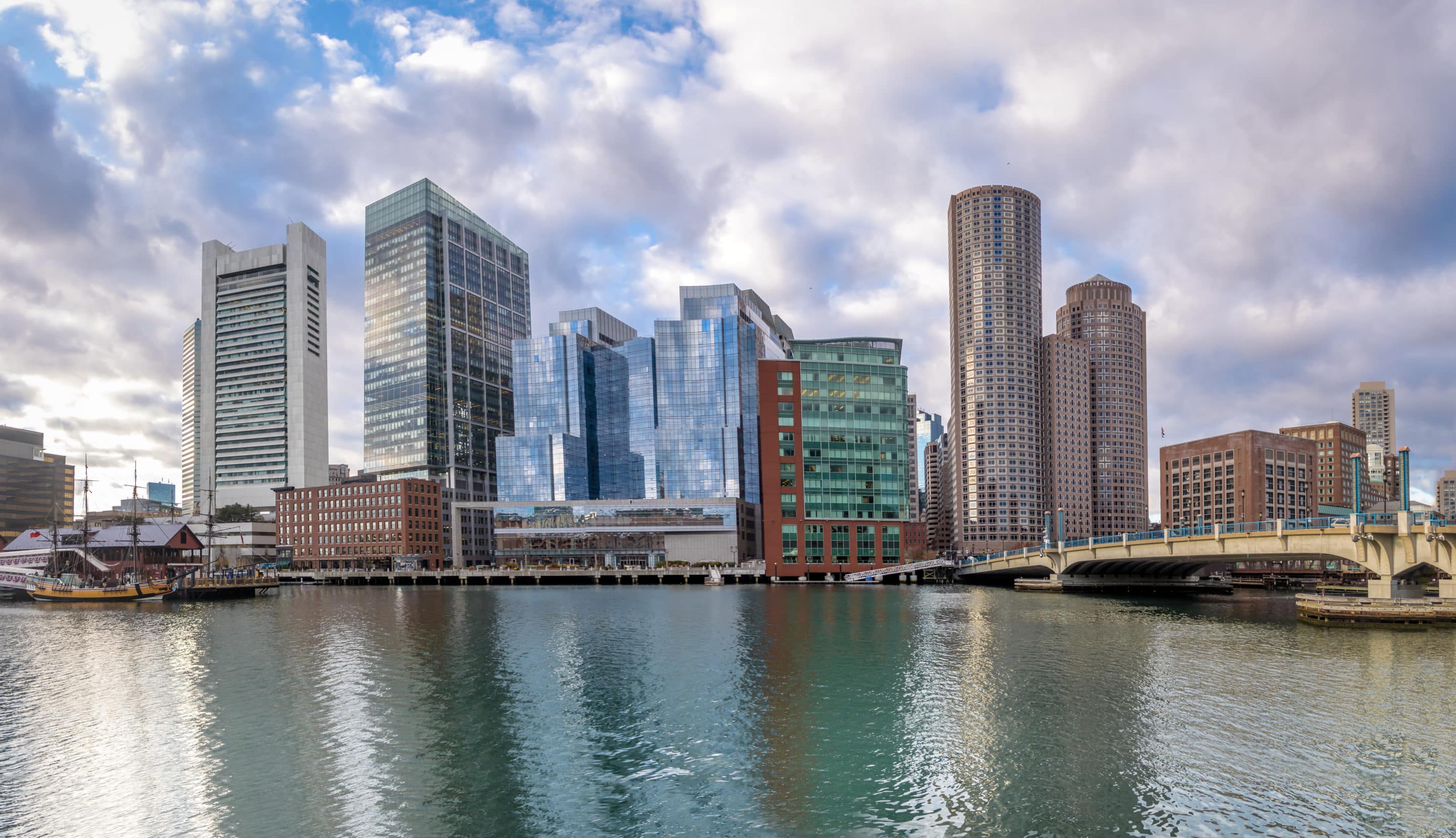
Combating Opioid Overdoses with Narcan
Written By
GET IN TOUCH WITH US
Follow Us On Social Media
Receive A Call
Narcan’s Pivotal Role in Combating Opioid Overdoses
Exploring the crucial role naloxone plays in combating the opioid epidemic and the potential it holds for reducing overdose deaths.
— by Carl Yazbek
In recent years, opioid overdoses have wreaked havoc on many communities, claiming countless live around the world. According to the National Institute on Drug Abuse, opioid overdose deaths in the United States have increased by almost six times since 1999. In 2017 alone, 47,600 lives were lost to opioids, and in both 2021 and 2022, there were more than 100,000 overdose-related deaths in the US. The rise of opioid overdoses is a public health crisis that requires urgent attention.
In the face of this crisis, naloxone has emerged as a vital tool in fighting opioid overdoses, offering hope and a lifeline to those in desperate need. Naloxone, commonly known by the brand name Narcan, has proven to be a reliable and life-saving intervention, effectively reversing the effects of opioid overdoses.
Understanding the Swift Action of Naloxone
Naloxone works by binding to the same receptors in the brain as opioids, blocking their effects and reversing the overdose. It can be administered in several ways, including injection, nasal spray, and auto-injector. The nasal spray and auto-injector versions are user-friendly and easy to administer, making them ideal for first responders and even family members of those with a history of opioid use.
The speed of action is also critical, as it can mean the difference between life and death. When an individual overdoses on opioids, their breathing slows, potentially leading to respiratory arrest. Naloxone can start working within minutes, displacing the opioids from receptors and restoring normal breathing patterns. This critical intervention can prevent brain damage, respiratory failure, and ultimately, death, making it a vital tool in saving lives during an overdose.
A User-Friendly and Accessible Solution
One of the most significant benefits of naloxone is its accessibility. Thanks to its effectiveness and ease of administration, naloxone is increasingly available to individuals and communities. Naloxone is also available without a prescription in many states, which is a significant step in increasing its accessibility. Traditionally administered via injection, naloxone is now widely accessible in user-friendly forms, including auto-injectables and nasal sprays. Some states are even offering it for free or at a reduced cost.
Narcan Nasal Spray
Nasal spray formulations, such as Narcan Nasal Spray, have revolutionized naloxone delivery. These sprays are easy to use, making them suitable for both healthcare providers and those with little to no medical training.
Evzio Auto-injector devices
Auto-injector devices, like Evzio, have also gained popularity. These devices are designed to be user-friendly, providing audio instructions on administration to guide individuals through the process. Auto-injectors eliminate the need for specific training, allowing anyone to step in and administer naloxone in an emergency.
Expanding Naloxone Access
To increase naloxone availability further, communities need to implement comprehensive strategies. These strategies should include expanding naloxone distribution programs, improving public education on naloxone use, and integrating naloxone training into various settings, including schools, correctional facilities, and community organizations. Collaboration between healthcare providers, policymakers, public health agencies, and community stakeholders is crucial to ensure widespread access to naloxone and the reduction of opioid overdose deaths.
The Role of Healthcare Providers and First Responders
Healthcare providers and first responders are instrumental in naloxone distribution and administration, providing education and training to those who need it. These frontline professionals are often the first to encounter individuals experiencing an overdose, and equipping them with naloxone ensures they can respond promptly and effectively in life-threatening situations. Initiatives focused on making naloxone training more accessible across the globe have also emerged in efforts to expand naloxone’s availability. More access to knowledge about naloxone, overdose, and addiction contributes to a better understanding of the need for empathy and care in these situations.
Legal and Regulatory Landscape
Recognizing the urgent need to address the opioid crisis, many regions have enacted laws and regulations to promote naloxone accessibility. These reforms aim to eliminate barriers to naloxone distribution and administration, making it more readily available. In several countries, naloxone can now be obtained without a prescription, allowing individuals at risk of overdose or their loved ones to acquire this life-saving medication easily.
Many states have taken steps to make naloxone more accessible, but there is still more work to be done. The legal and regulatory landscape surrounding naloxone use and distribution strategies needs to be more comprehensive. For example, some states limit the amount of naloxone that can be purchased or require a prescription. There is also a need for more education and awareness campaigns to destigmatize naloxone’s use and encourage its distribution.
Overcoming Cost and Stigma Barriers
While progress has been made in making naloxone accessible, there are still barriers to overcome. Cost and stigma remain significant obstacles. While some states offer naloxone for free or at a reduced cost, others do not. Expensive naloxone formulations and insurance coverage limitations can hinder access for those who need it most.
Additionally, many people are still hesitant to carry naloxone. The stigma surrounding opioid addiction may prevent individuals from seeking naloxone, fearing judgment or negative consequences. Addressing these barriers requires a multifaceted approach, including increased education, outreach, and advocacy efforts.
Naloxone Availability in 2023
There is a significant potential for expanded access to naloxone to reduce overdose deaths. More research can be conducted to identify the most effective ways to distribute naloxone to those who need it most. Public health experts have been advocating for improved accessibility to this drug and now measures are being taken to address these obstacles. These include advocating for insurance coverage, subsidizing naloxone costs, and community education campaigns to reduce stigma.
To support these efforts, the Food and Drug Administration (FDA) approved the first over-the-counter naloxone nasal spray, Narcan, in March 2023 to help reduce drug overdose deaths. Some state Medicaid programs have already announced that they will cover Narcan when it becomes available over the counter. Those states include Missouri, California, Massachusetts, Washington, Rhode Island and Oregon.
Narcan Availability Today
The latest development from Narcan manufacturer Emergent BioSolutions is a huge breakthrough in the fight against the opioid epidemic. As of September 2023, Narcan is set to be sold in major pharmacies and grocery store chains across the country, with supply already underway to outlets like Walmart and CVS.
Narcan is already a staple for emergency personnel and street outreach teams. Now scientists and health officials are hoping Narcan will eventually become commonplace in public libraries, subways, dorms, corner delis, and street vending machines.
The Benefits of Narcan
Narcan is a nasal-spray version of naloxone, with life-saving potential and numerous benefits. It’s a rapid-acting opioid antagonist that reverses overdose from drugs like fentanyl, heroin, or oxycodone. It’s not a controlled substance and has no abuse potential.
It’s incredibly easy to use. All you need to do is insert the spray tip into the nostril, and with a simple press of a plunger, the naloxone is delivered into the nose, rapidly reversing the overdose effects.
Inside every carton, there are two small plungers that can fit in your palm. Each one is filled with four milligrams of naloxone. Typically, administering one dose can reverse an overdose in two to three minutes. However, addiction experts have noted that in locations where fentanyl is especially strong, a second dose might be necessary.
Empowerment Through Naloxone
Naloxone is a critical tool in combating opioid overdoses. Its availability and accessibility can empower communities and individuals to take action and save lives. It can also reduce the stigma surrounding opioid use disorders by providing a solution that emphasizes treatment and recovery instead of punishment and judgment. The expansion of naloxone access can also lead to more significant discussions about addiction and the need for comprehensive and evidence-based treatment options. The benefits of naloxone are undeniable and its use can indeed be life-changing, both literally and figuratively.









